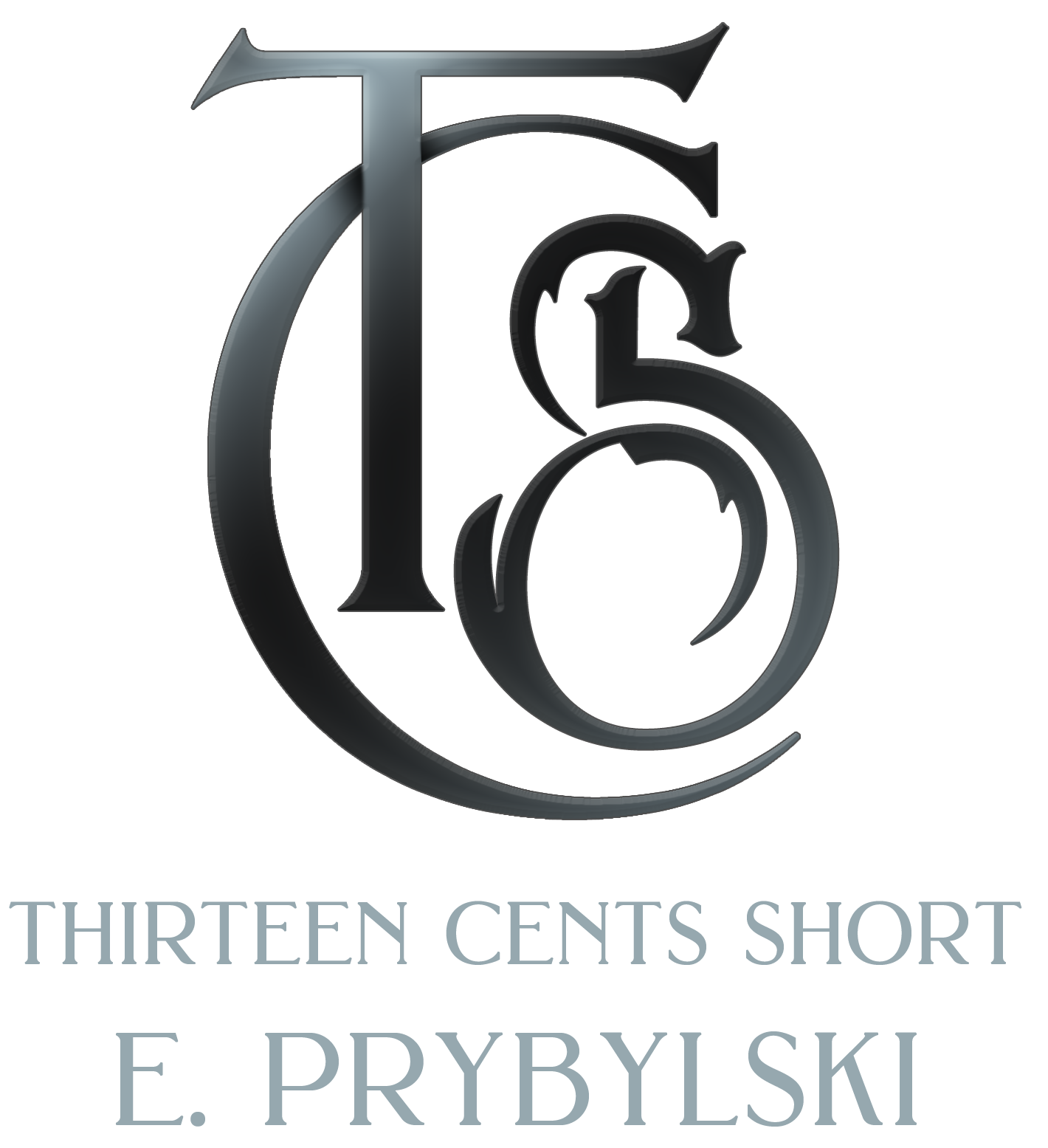This is likely to be cross-posted on my brand new blog about roleplay (both tabletop and freeform). If you’re interested in the subject of tabletop gaming or freeform roleplay, please consider subscribing!
So, I’ve talked a lot about characters and their development on here, but I wanted to address something that is important to a character whether you’re writing them into a novel or playing them around the table during a game of Dungeons and Dragons: flaws. Too many times people try and make perfect characters, and those characters always fall short.
Real people aren’t perfect. We have bumps and warts and bad hair days. But when I’m talking flaws, I also mean more substantial than, “too pretty/handsome for their own good!” They should have real flaws. Flaws being things that challenge them, that make them grow. Things like anxiety, depression, PTSD, a terrible temper, or maybe they’re judgmental. Things that aren’t so pretty and may not be a great deal of fun to be around.
Let me give you an example taken straight from one of my works. My in-progress science fiction novel currently titled “Vigil” is about a character who starts the story as a coward. He’s hiding from what he can do and hiding from everyone in the world. He’s not particularly attractive, he’s not the smartest guy in the room, and by midway in the book he has PTSD. He’s not perfect, and he knows it. That said, he grows and changes and develops over the course of the story.
The fact that he starts the story imperfect makes him a little shake-worthy by some readers. Which is exactly what I wanted. He’s an IT guy who gets thrown into something way bigger than him and is scared of it. For good reason, too. Those things are terrifying!
So, when you design a character, edge away from perfection or perfection disguised as a flaw. Mary Sue characters are never fun for people to read about because what development can there be for someone who is already perfect?
